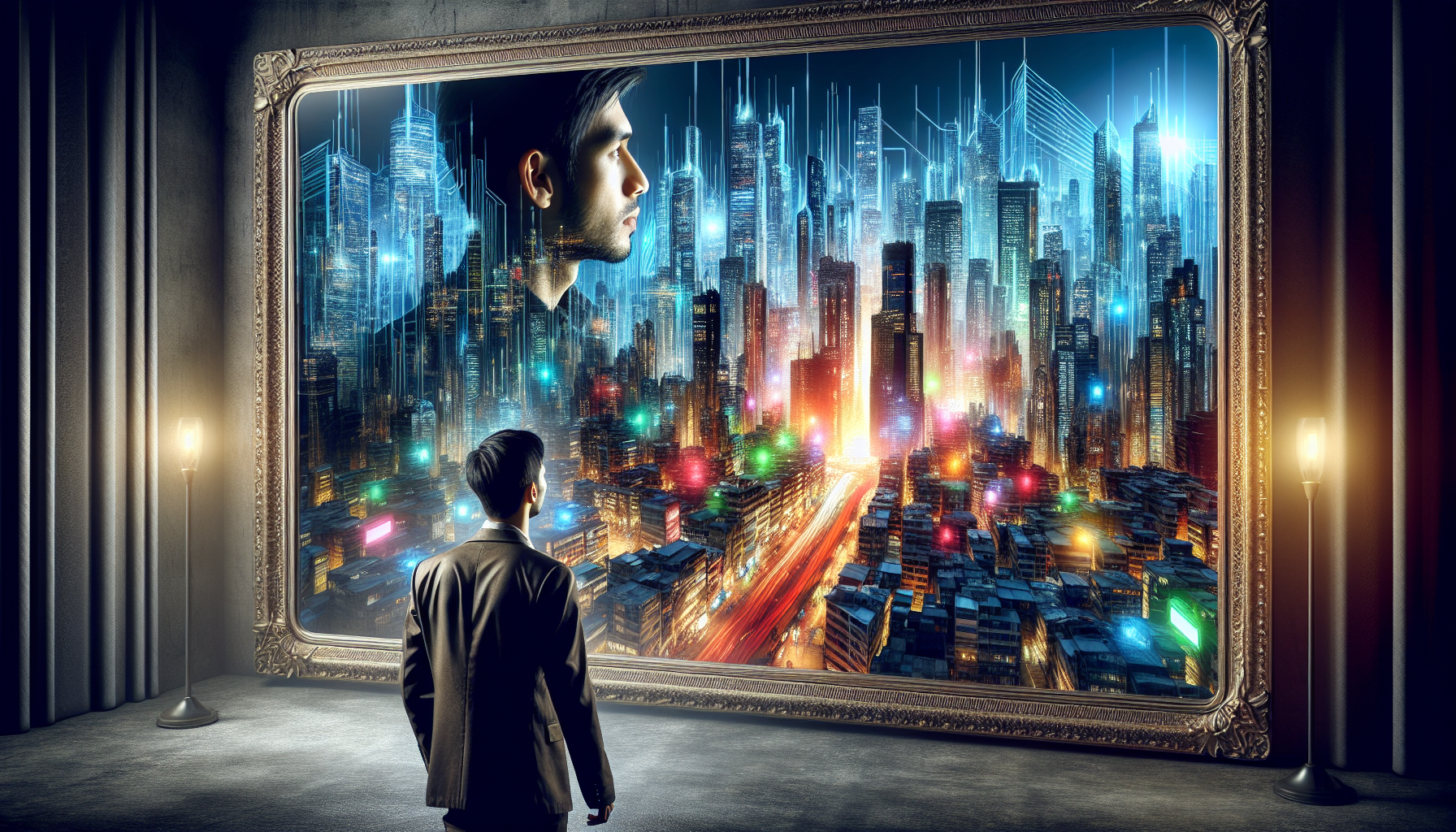The Evolution of Macy's Thanksgiving Day Parade

The Macy's Thanksgiving Day Parade began its journey in 1924, originally conceived as a way for Macy's employees to celebrate the holiday with their families. The inaugural parade featured approximately 250 participants, including a variety of animals from the Central Park Zoo, and was met with enthusiasm from the local community. It showcased floats, marching bands, and the festive spirit of Thanksgiving, setting the stage for what would become an enduring tradition. The celebration's simplicity and charm, with its emphasis on family and community, captured the essence of the holiday.
The Rise to National Fame
The real turning point for the parade came in 1927 when it was televised for the first time. This move expanded the audience exponentially, allowing families across the country to participate in the festivities from the comfort of their homes. The parade’s popularity surged during the 1930s and 1940s, coinciding with the Golden Age of Hollywood, as celebrities began to make appearances. Stars such as Judy Garland and later, performers like the Rockettes, brought star power to the parade, enhancing its cultural significance and making it a platform for showcasing the latest trends in entertainment and fashion. The inclusion of popular songs and performances drew in viewers, creating an annual ritual that many families would come to anticipate.
Adapting to Societal Changes
As the years progressed, the Macy's Thanksgiving Day Parade evolved to reflect the changing societal landscape. During World War II, the parade took on a more patriotic tone, featuring military-themed floats and honoring the troops. This shift not only demonstrated the nation’s resilience during difficult times but also strengthened the parade's connection to American values. In the decades that followed, the parade embraced diversity and inclusion, showcasing a wider array of performers and cultural representations. For instance, the inclusion of various dance troupes, musical acts, and cultural performances from different ethnic backgrounds was a conscious effort by Macy's to connect with a broader demographic and resonate with the values of modern America.
The Iconic Balloons and Floats
One of the most beloved aspects of the Macy's Thanksgiving Day Parade is its giant character balloons. Beginning with Felix the Cat in 1927, these balloons have become a hallmark of the event, capturing the imaginations of children and adults alike. Over the years, characters from popular culture, such as Snoopy, Garfield, and more recently, characters from Disney and Marvel franchises, have graced the skies of Manhattan. The artistry and engineering involved in bringing these inflatable giants to life demonstrate the parade's commitment to innovation and creativity. Each year, new balloons are introduced, often reflecting current pop culture trends, ensuring that the parade remains fresh and exciting for viewers.
The Parade in the Era of Technology
In recent years, the Macy's Thanksgiving Day Parade has continued to adapt to the digital age. With the rise of social media, the event has become more interactive, allowing viewers to engage with the parade in real-time. Hashtags, live-tweeting, and behind-the-scenes content have enriched the viewer experience, making it a more communal event that extends beyond the traditional television broadcast. The addition of virtual reality experiences and mobile apps has also attracted younger audiences, ensuring that the parade remains relevant in an ever-evolving media landscape. For instance, the introduction of virtual viewing experiences allows fans to feel as if they are part of the festivities, even from afar.
The Macy's Thanksgiving Day Parade is more than just a festive display of floats and balloons; it is a rich tapestry of American culture and history. From its humble beginnings to its current status as a national spectacle, the parade has continuously adapted to reflect societal changes, celebrate diversity, and embrace technological advancements. As we look forward to future parades, one thing remains certain: the Macy's Thanksgiving Day Parade will continue to be a beloved tradition that brings people together, heralding the holiday season with joy and festivity. The evolution of this event symbolizes not just the passage of time but also the spirit of a nation that cherishes its traditions while embracing change.
Event Production Manager
Event planning agencies, large retail brands, entertainment companies like Macy's and Disney
Core Responsibilities
Oversee the planning and execution of large-scale events, ensuring all logistics are managed effectively.
Coordinate with vendors, performers, and city officials to secure necessary permits and resources.
Develop budgets and manage spending to align with organizational goals.
Required Skills
Strong project management skills with experience in large-scale event production.
Excellent communication and negotiation skills for liaising with multiple stakeholders.
Ability to work under pressure and adapt to changing circumstances.
Marketing Coordinator for Live Events
Marketing agencies, entertainment companies, large retailers like Macy's
Core Responsibilities
Develop and implement marketing strategies to promote live events and increase audience engagement.
Manage social media campaigns and digital content to create buzz around events.
Analyze audience data and feedback to refine marketing approaches for future events.
Required Skills
Strong understanding of digital marketing tools and social media platforms.
Creative thinking with experience in content creation and branding.
Familiarity with audience analytics and engagement metrics.
Parade Float Designer
Event production companies, float manufacturing companies, creative agencies
Core Responsibilities
Conceptualize and design floats that align with the theme of annual parades, such as the Macy's Thanksgiving Day Parade.
Collaborate with engineers and artists to ensure designs are both visually stunning and structurally sound.
Manage the construction and decoration process to meet deadlines and budget constraints.
Required Skills
Proficiency in design software (e.g., CAD) and a strong portfolio showcasing creative projects.
Background in art, design, or architecture with a keen eye for detail and aesthetics.
Ability to work collaboratively in a team environment.
Community Engagement Specialist
Nonprofits, municipalities, event organizations like Macy's
Core Responsibilities
Develop outreach programs that connect local communities with major events, fostering participation and attendance.
Collaborate with schools, nonprofits, and cultural organizations to promote inclusivity in events.
Organize workshops or events that educate the public about the history and significance of the parade.
Required Skills
Strong interpersonal and communication skills to effectively engage with diverse community groups.
Experience in community organizing or public relations.
Ability to think creatively about engagement strategies and partnerships.
Safety and Security Coordinator
Event venues, city governments, security firms that work with major events
Core Responsibilities
Develop and implement safety plans for large public events, including crowd control and emergency response protocols.
Collaborate with local law enforcement and emergency services to ensure public safety during events.
Conduct risk assessments and training for staff and volunteers involved in event operations.
Required Skills
Knowledge of safety regulations and procedures for large gatherings.
Strong analytical skills to assess risks and develop mitigation strategies.
Excellent communication skills to coordinate with multiple agencies and stakeholders.


